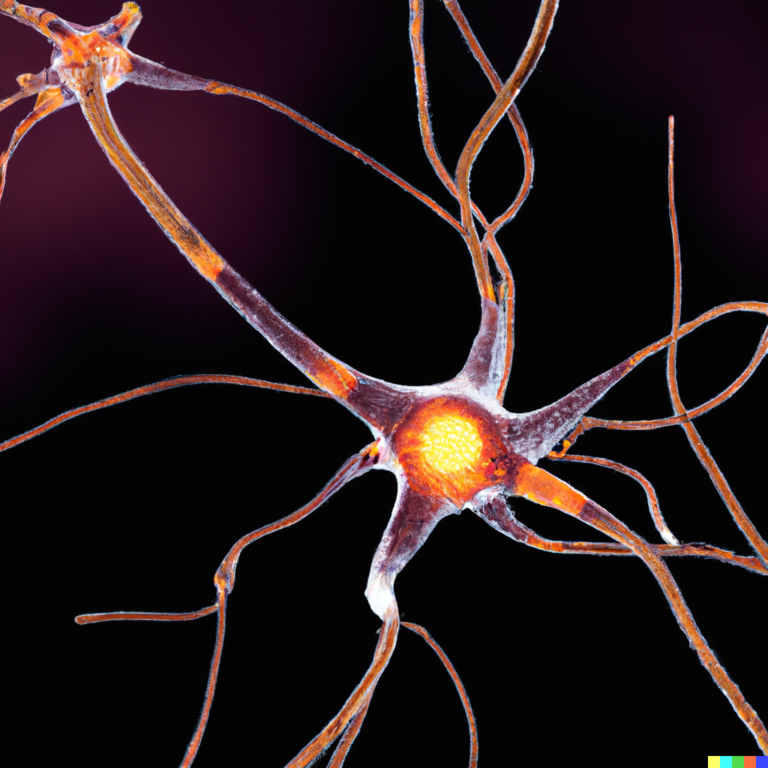There comes a quiet, unsettling moment when you realize that to young people, you have become invisible. It’s not about being physically unseen but rather feeling like your presence, your voice, and even your existence no longer register in their world. This invisibility is less about loneliness and more about a profound lack of recognition—being there but not truly seen or acknowledged.
Young people today live in a complex social landscape shaped by rapid changes in technology, culture, and identity. For many adults trying to connect with them—whether parents, teachers, or mentors—the effort can feel like shouting into the void. The younger generation often seems absorbed in their own circles where different values and modes of communication prevail. This gap creates an emotional space where older voices fade into the background.
Part of this invisibility stems from how young people are navigating their own struggles with identity and belonging. Boys especially face invisible pressures from ingrained gender stereotypes: “Be strong,” “Don’t cry,” “Perform well.” These unspoken rules shape how they express emotions or seek help—and often push them toward silence rather than connection. When boys internalize these messages early on, it limits their ability to be open or vulnerable around adults who might want to support them.
Invisible disabilities add another layer to this experience for some young people who feel misunderstood or dismissed because their challenges aren’t outwardly obvious. Conditions like ADHD or Tourette syndrome can isolate individuals socially because others don’t see what they’re going through internally. This invisibility can lead to feelings of separation even when surrounded by peers—a silent struggle that deepens the sense of being unseen.
The digital age also plays a role; online spaces create new communities but sometimes amplify feelings of exclusion for those who don’t fit certain molds or subcultures perfectly. Some young men identify with groups that frame themselves as romantically excluded or socially marginalized—further complicating how they relate both online and offline.
What’s missing most is recognition—not just noticing someone’s physical presence but truly seeing their humanity beneath surface behaviors and stereotypes. Recognition means acknowledging struggles without judgment; it means listening deeply rather than waiting for your turn to speak; it means creating spaces where young people feel safe enough to reveal themselves honestly.
When adults realize they’ve become invisible in the eyes of youth, it can be painful—but it also opens up an opportunity: To step back from assumptions about what young people need and instead ask questions that invite dialogue; to challenge stereotypes quietly shaping behavior; to offer empathy without pressure; above all—to show up consistently as someone willing not just to look but really see.
Invisibility isn’t permanent unless we allow it so—it signals a call for connection beyond words alone—a reminder that every person longs simply *to be known.*





